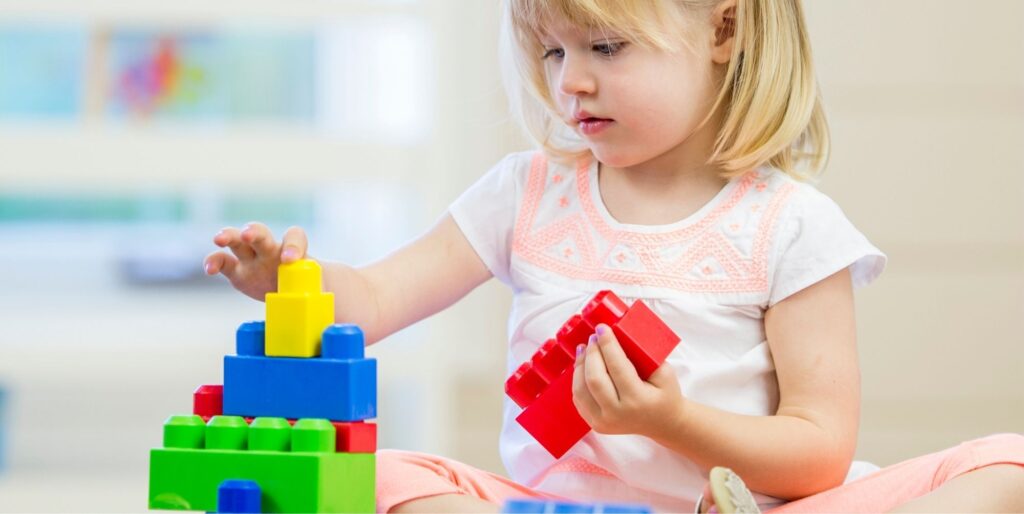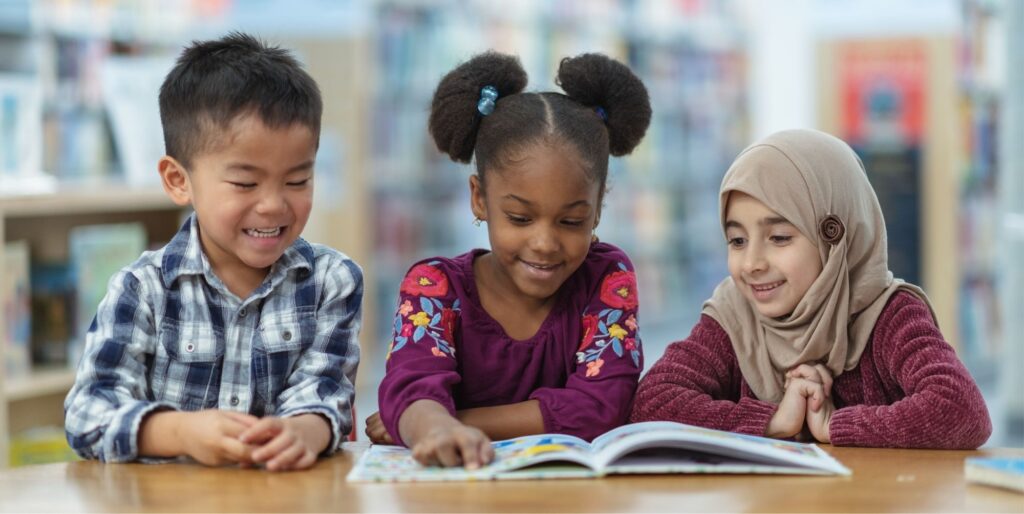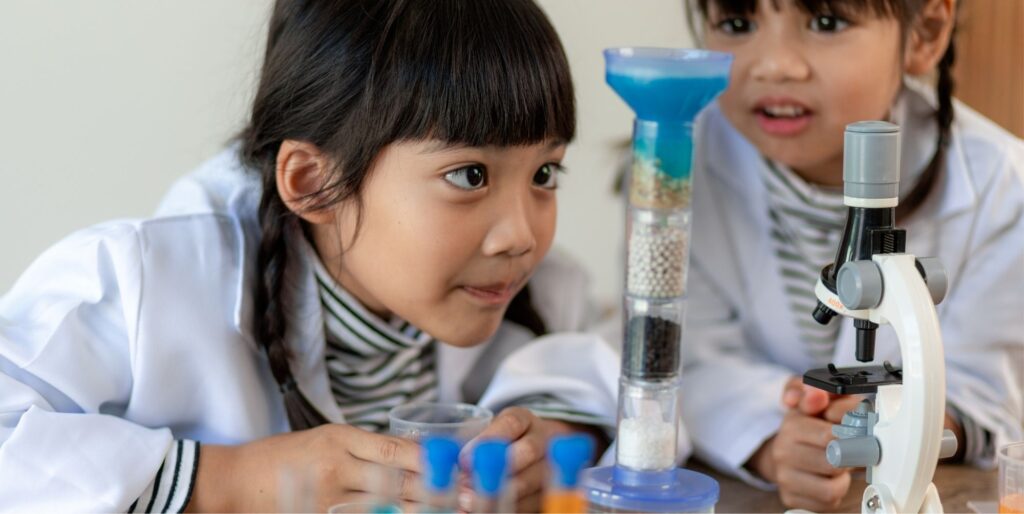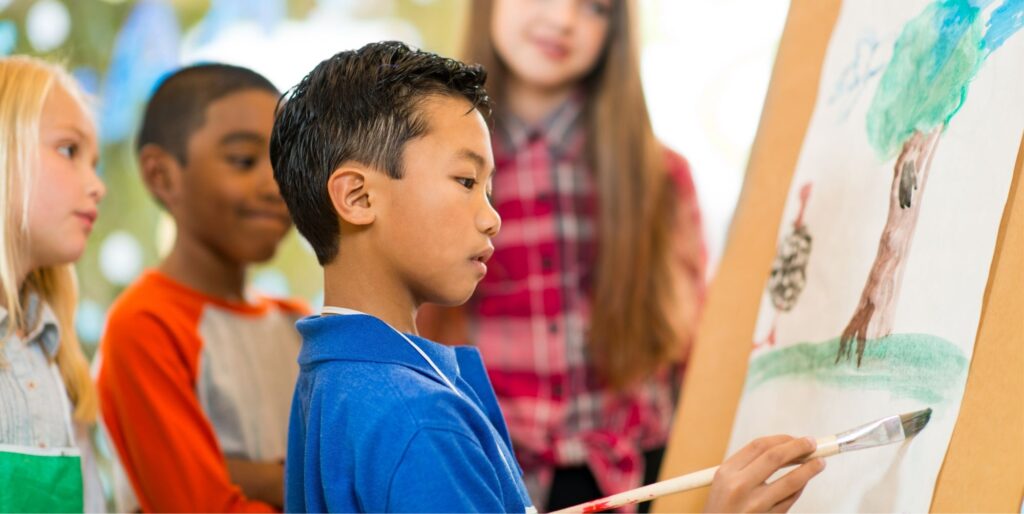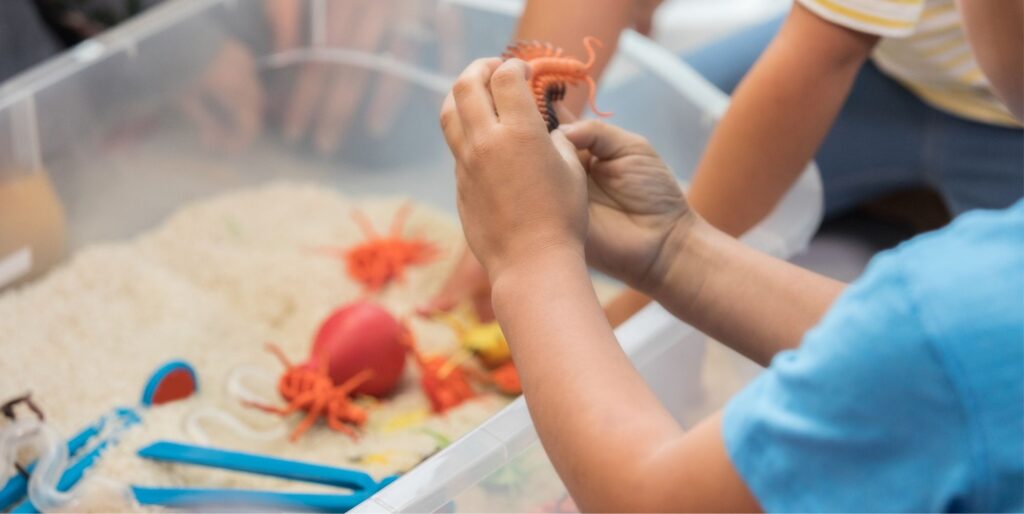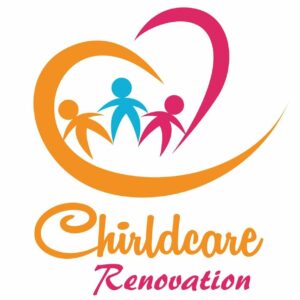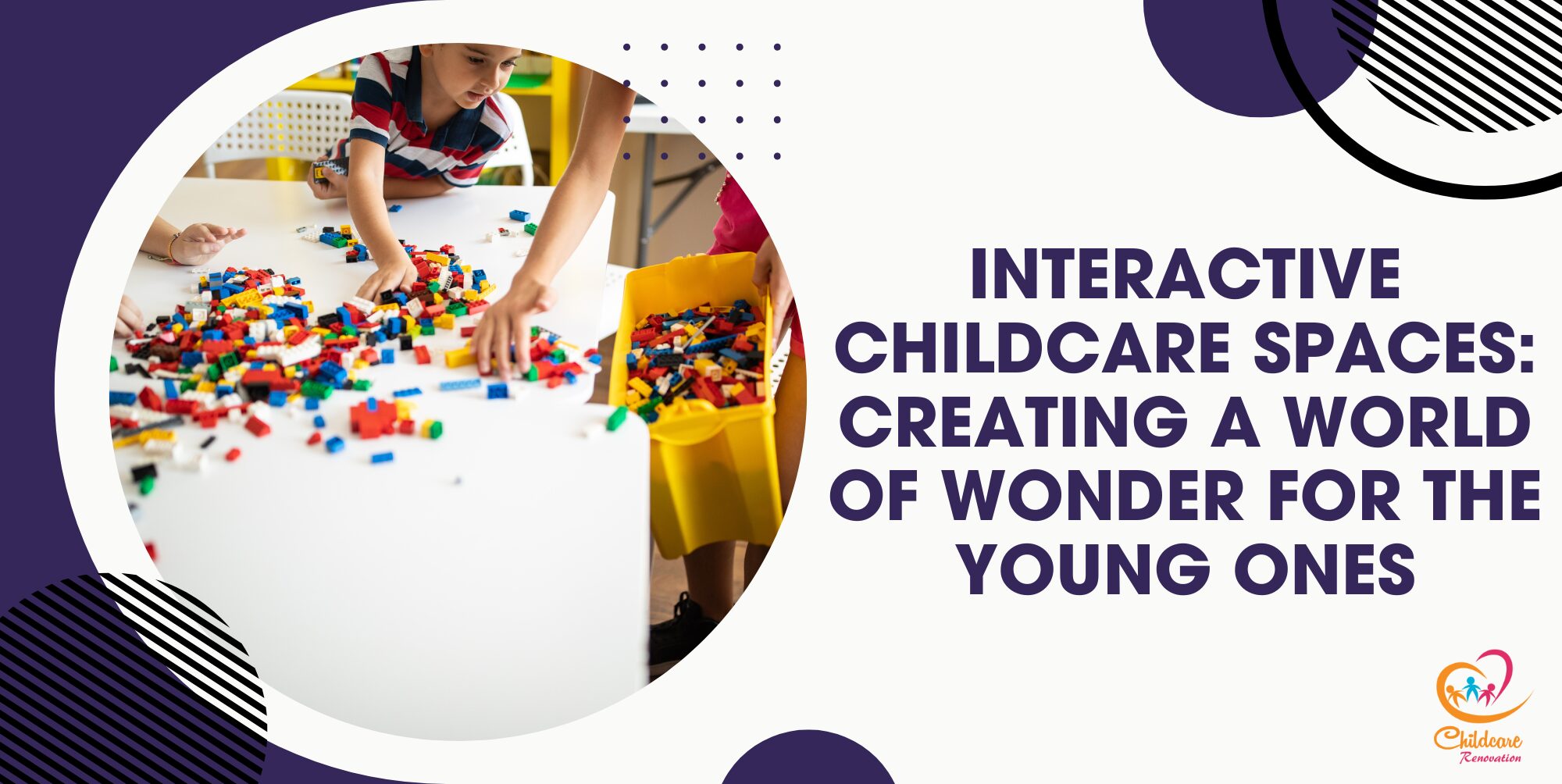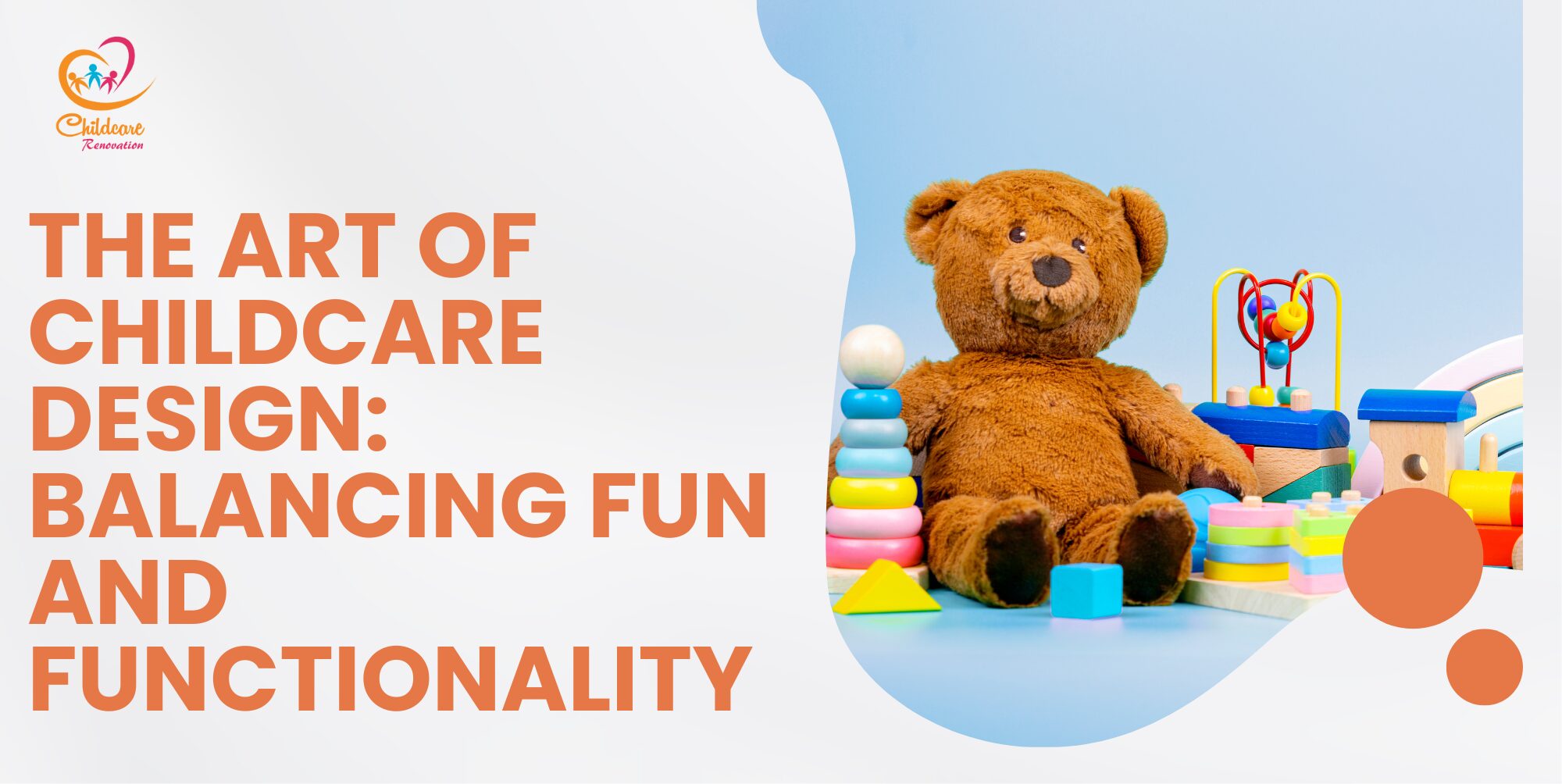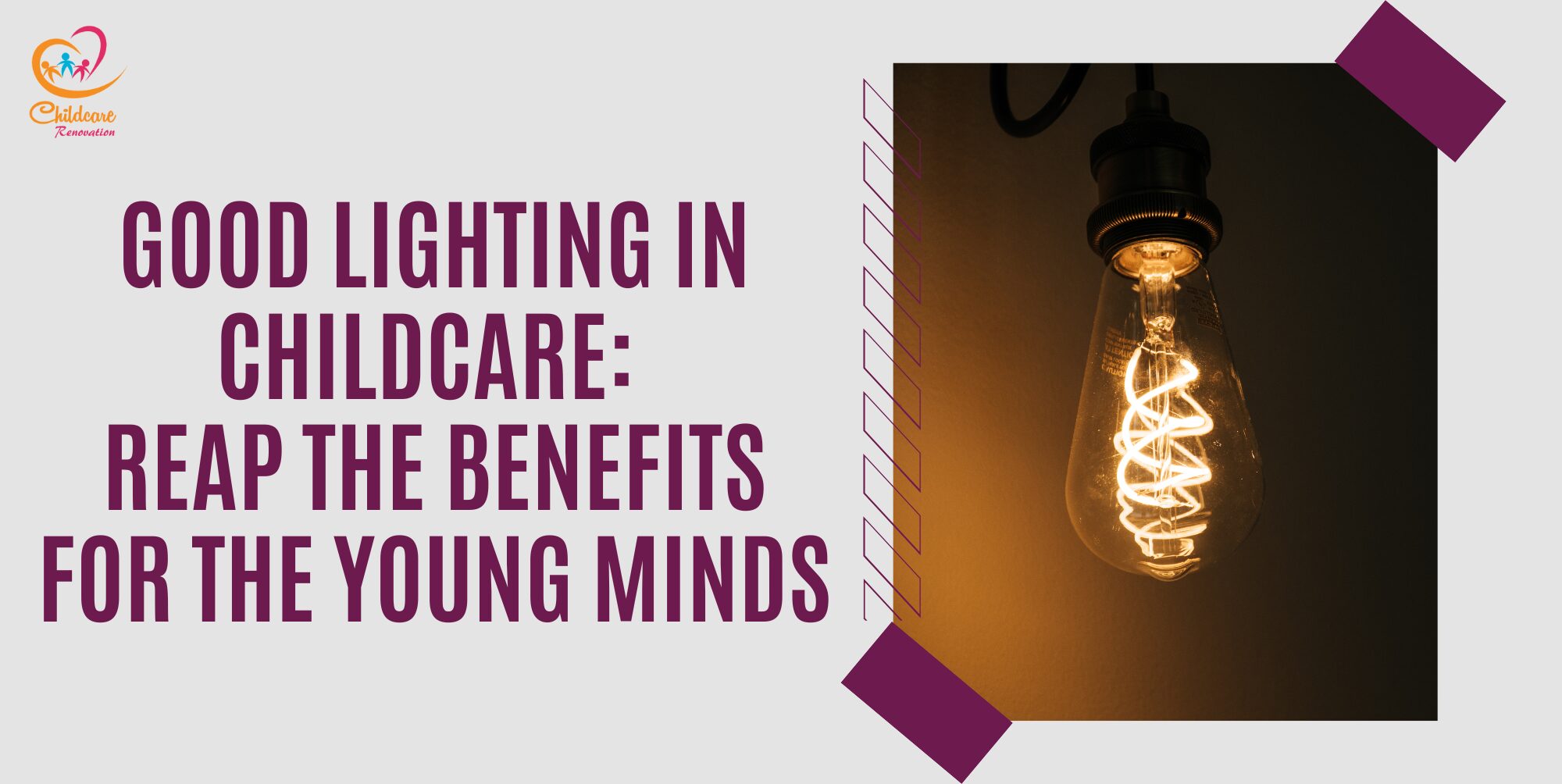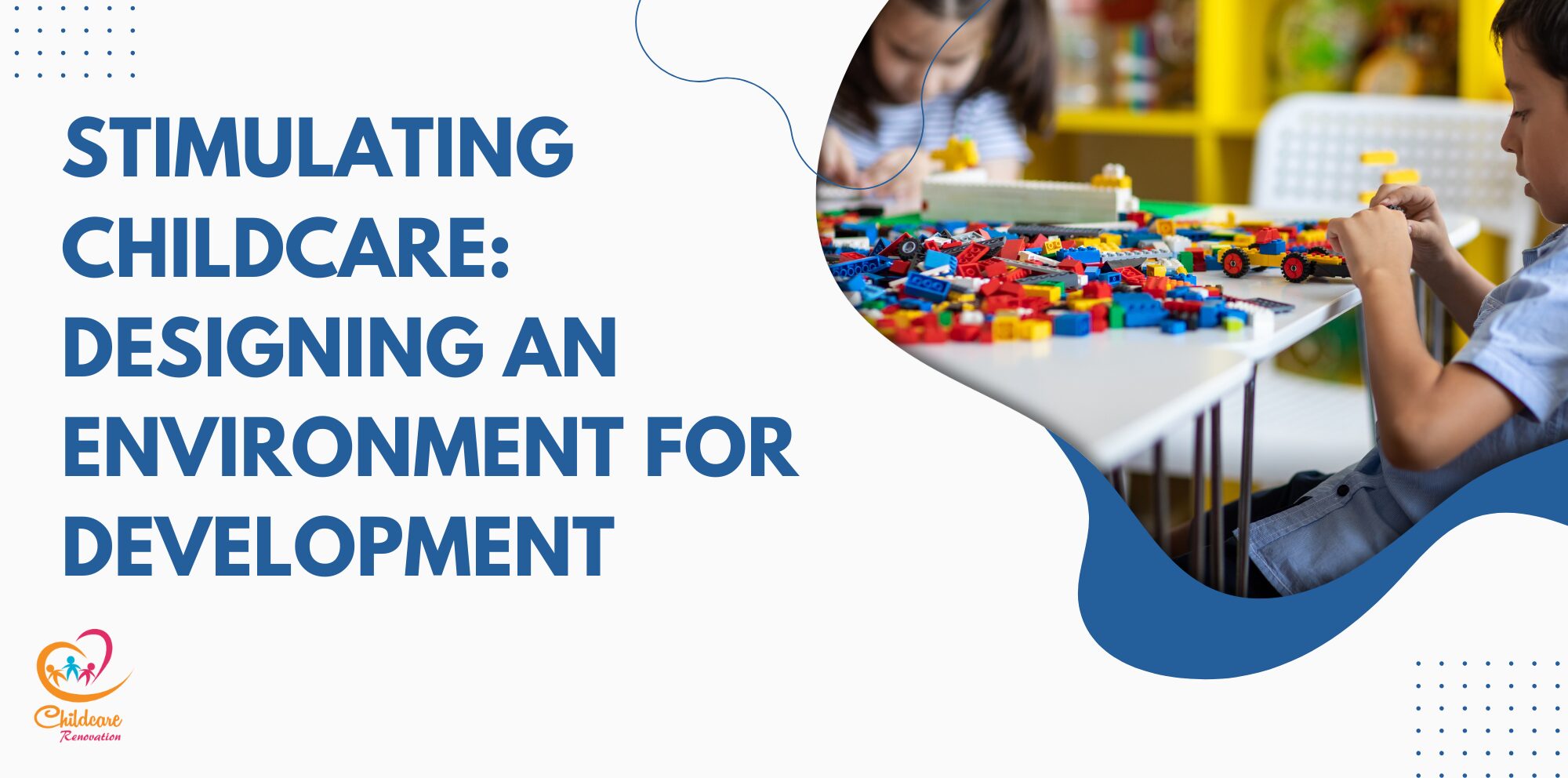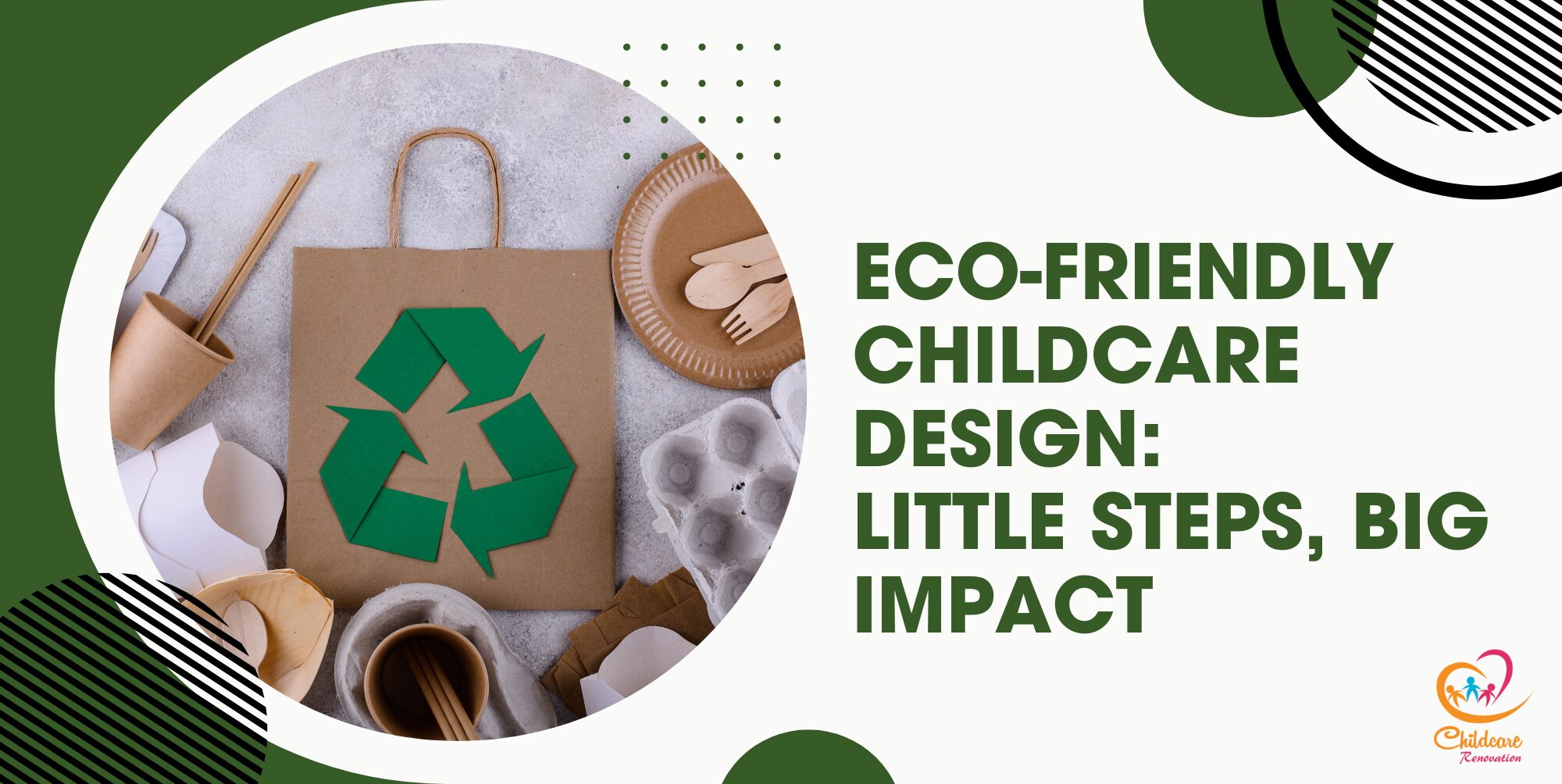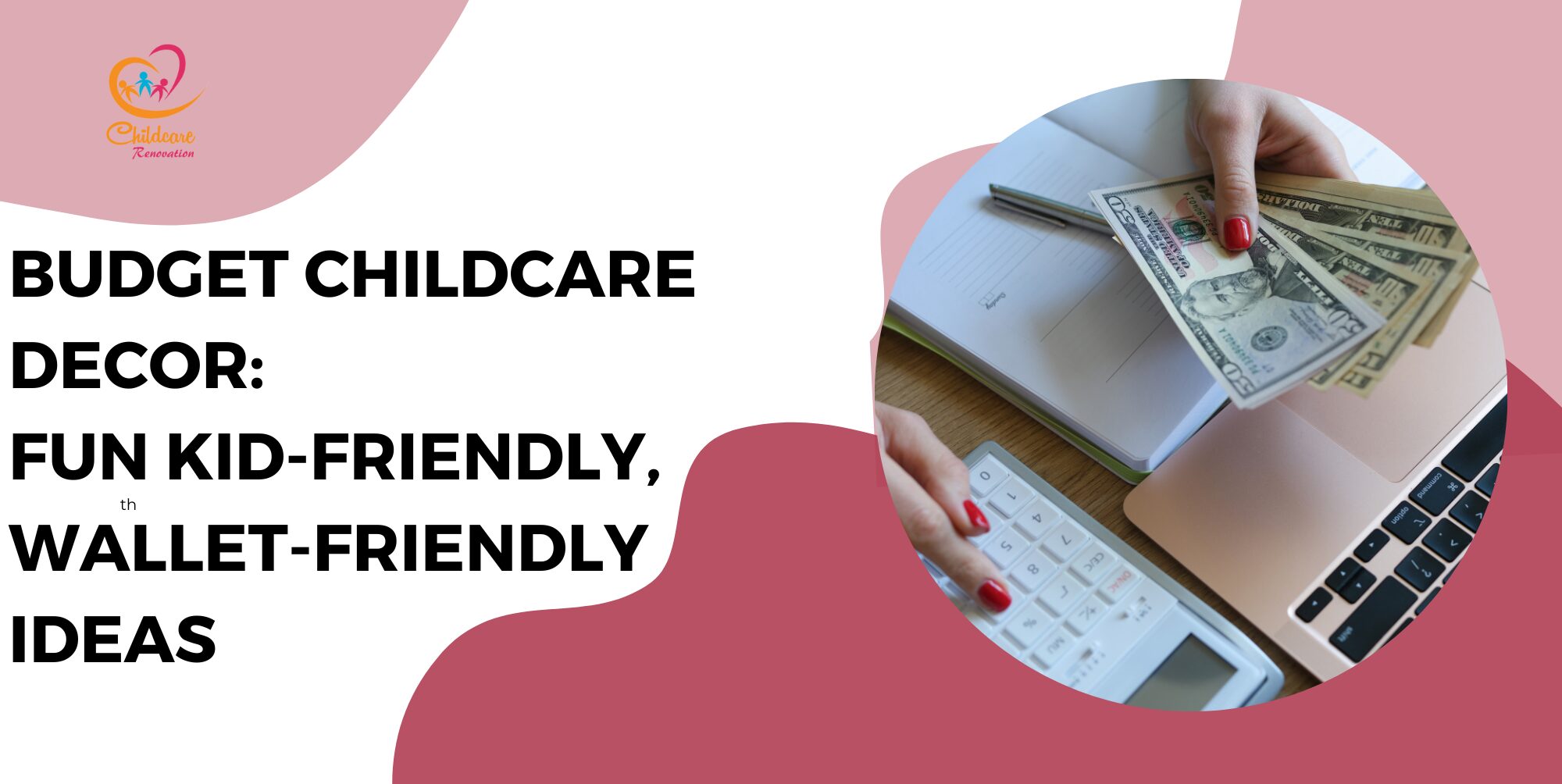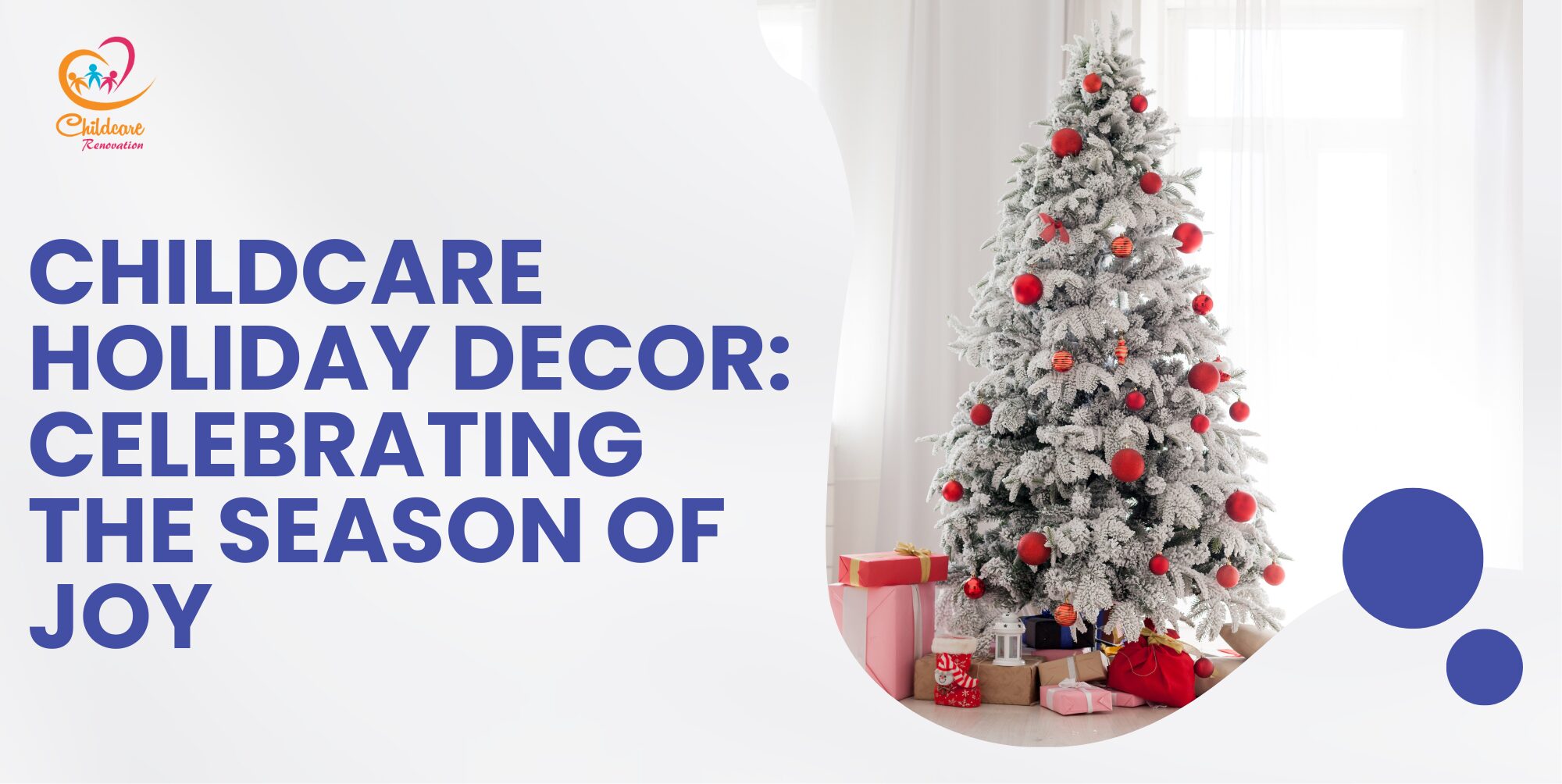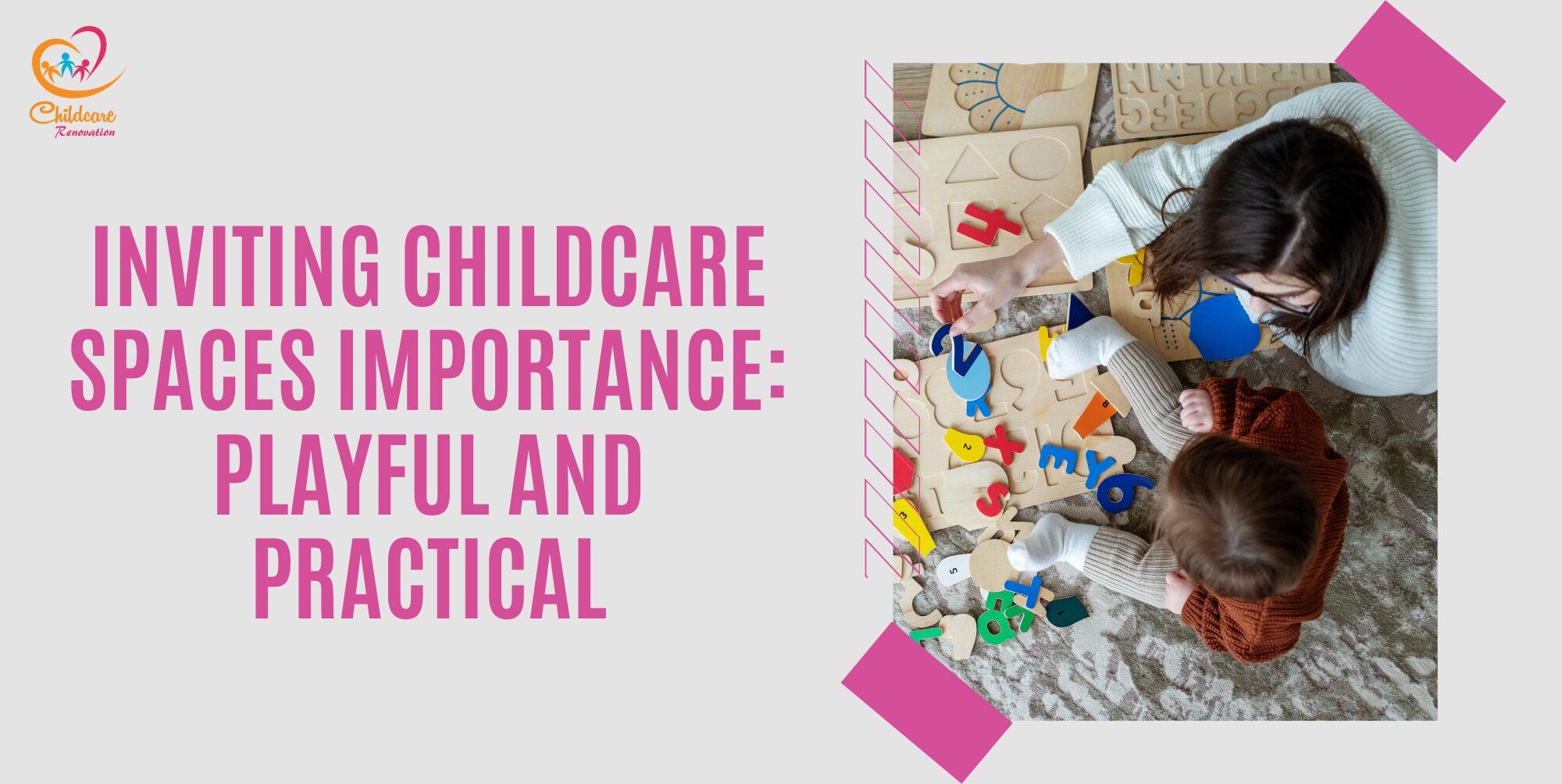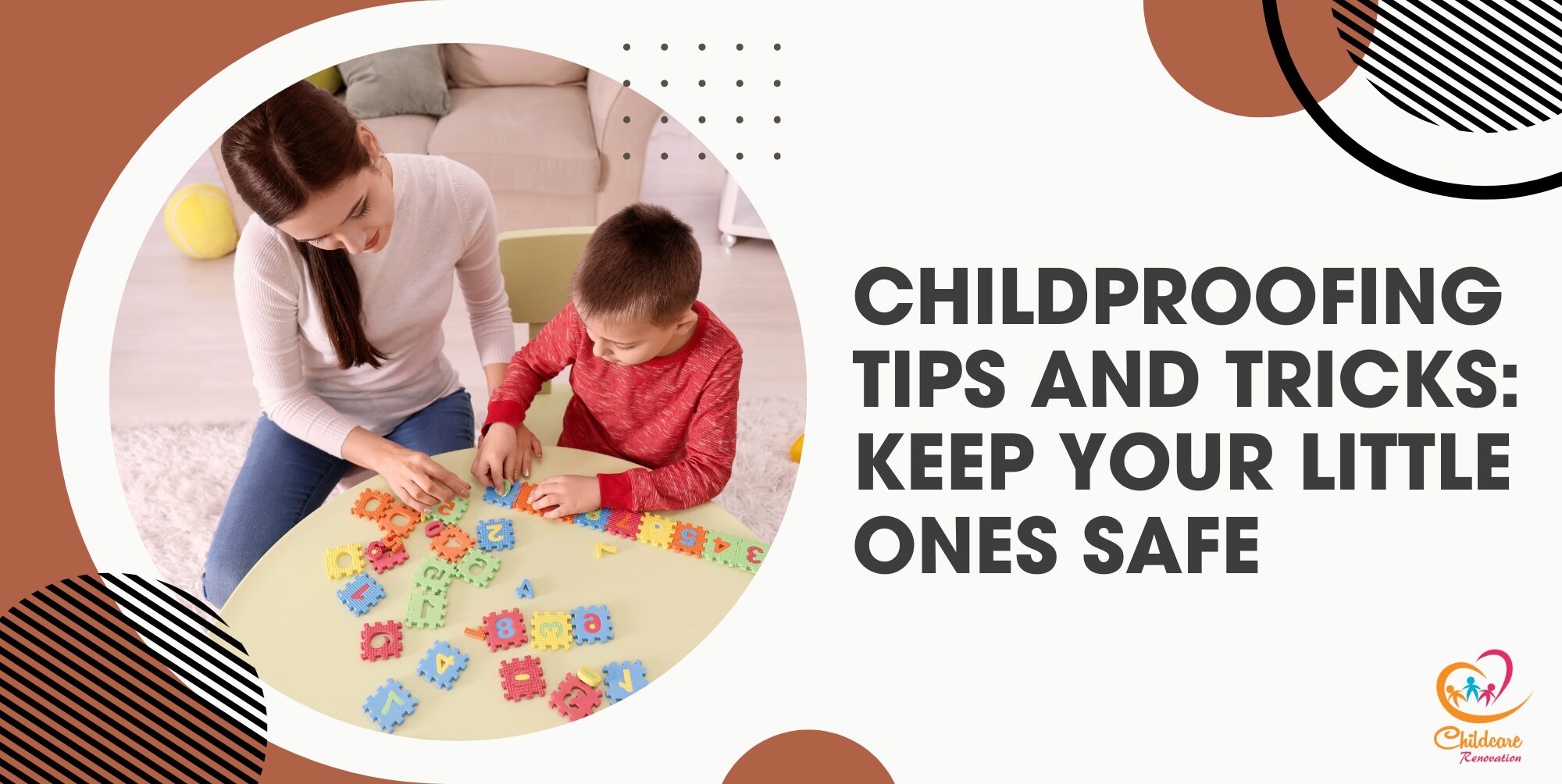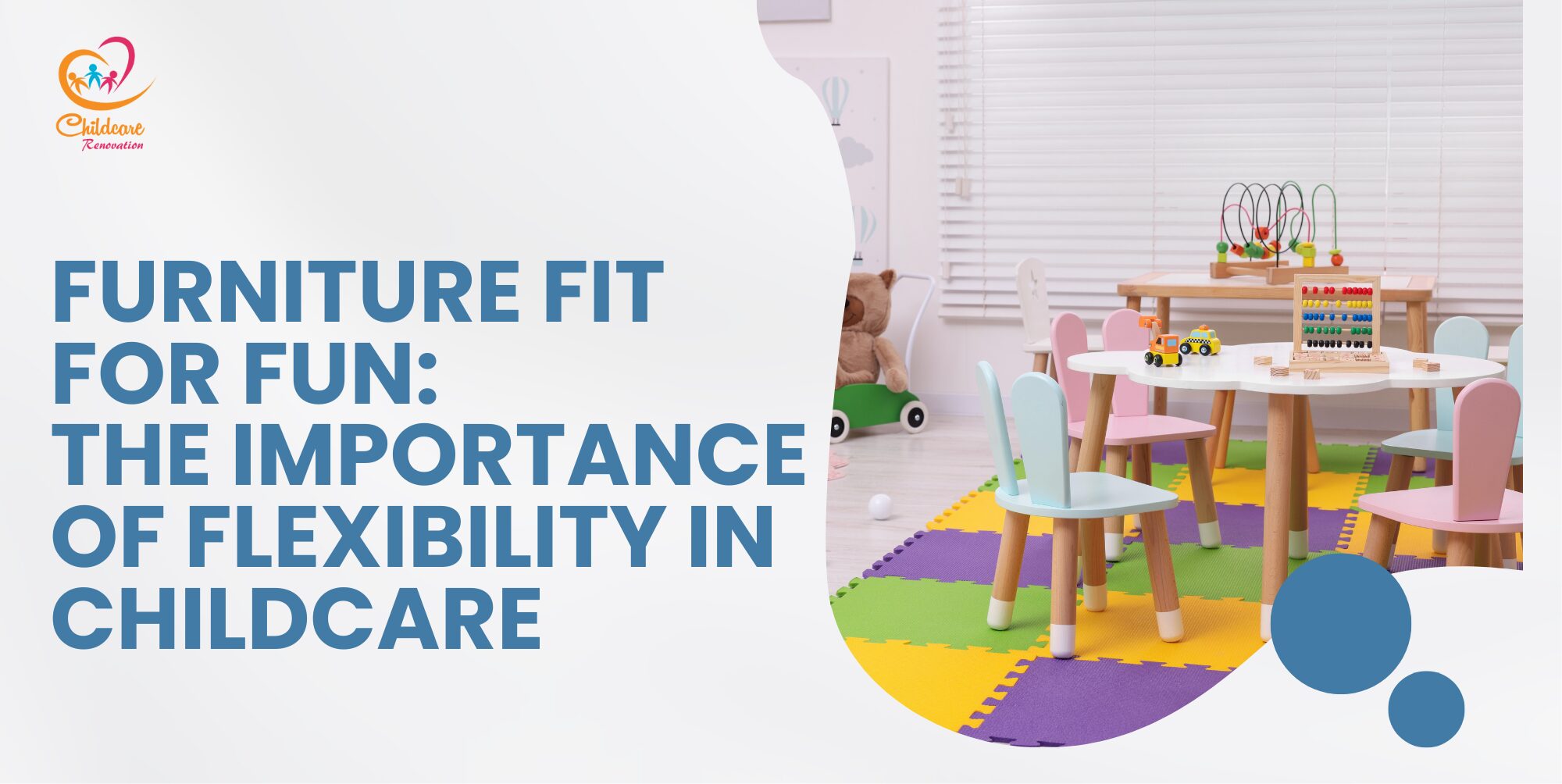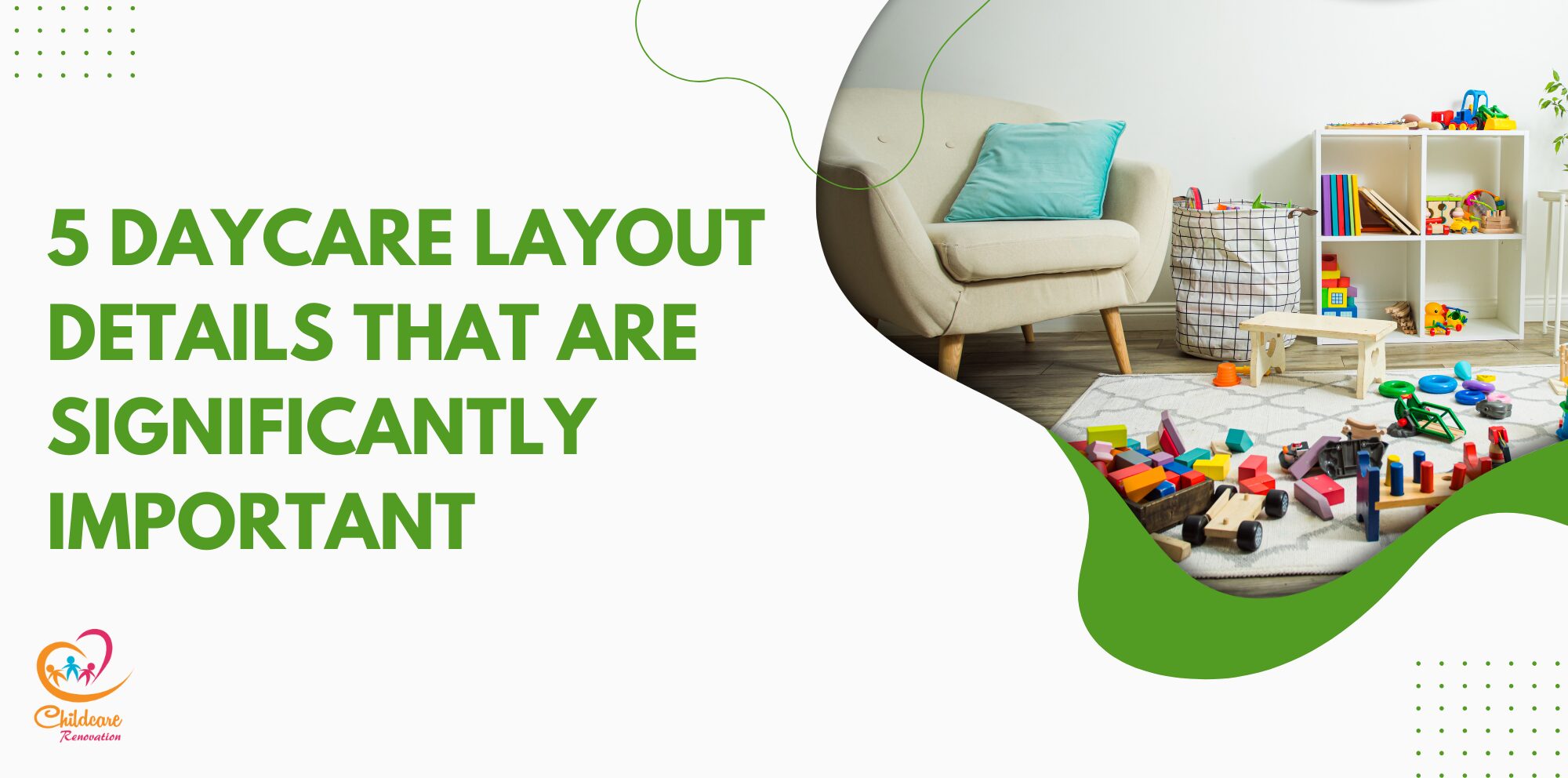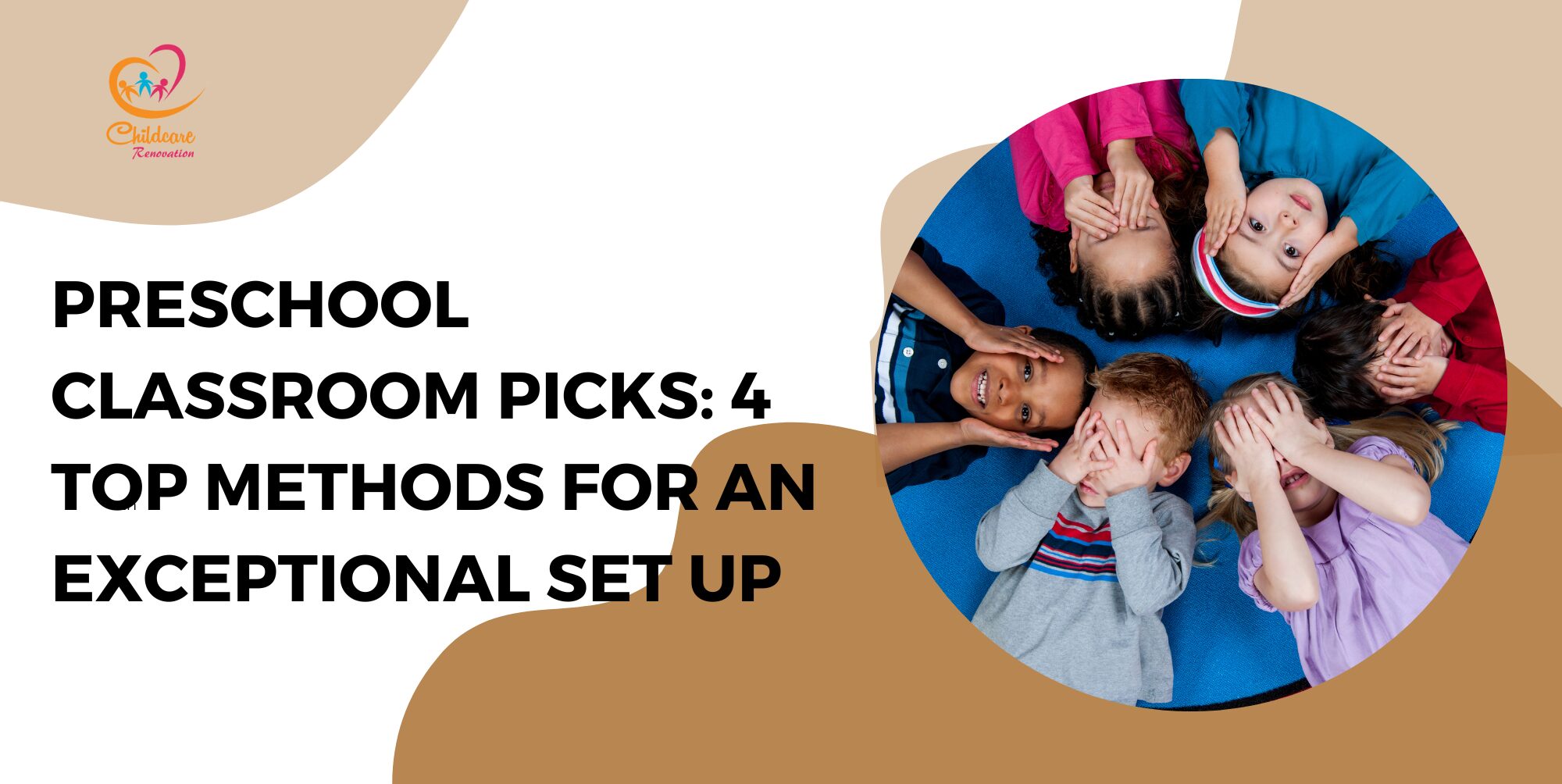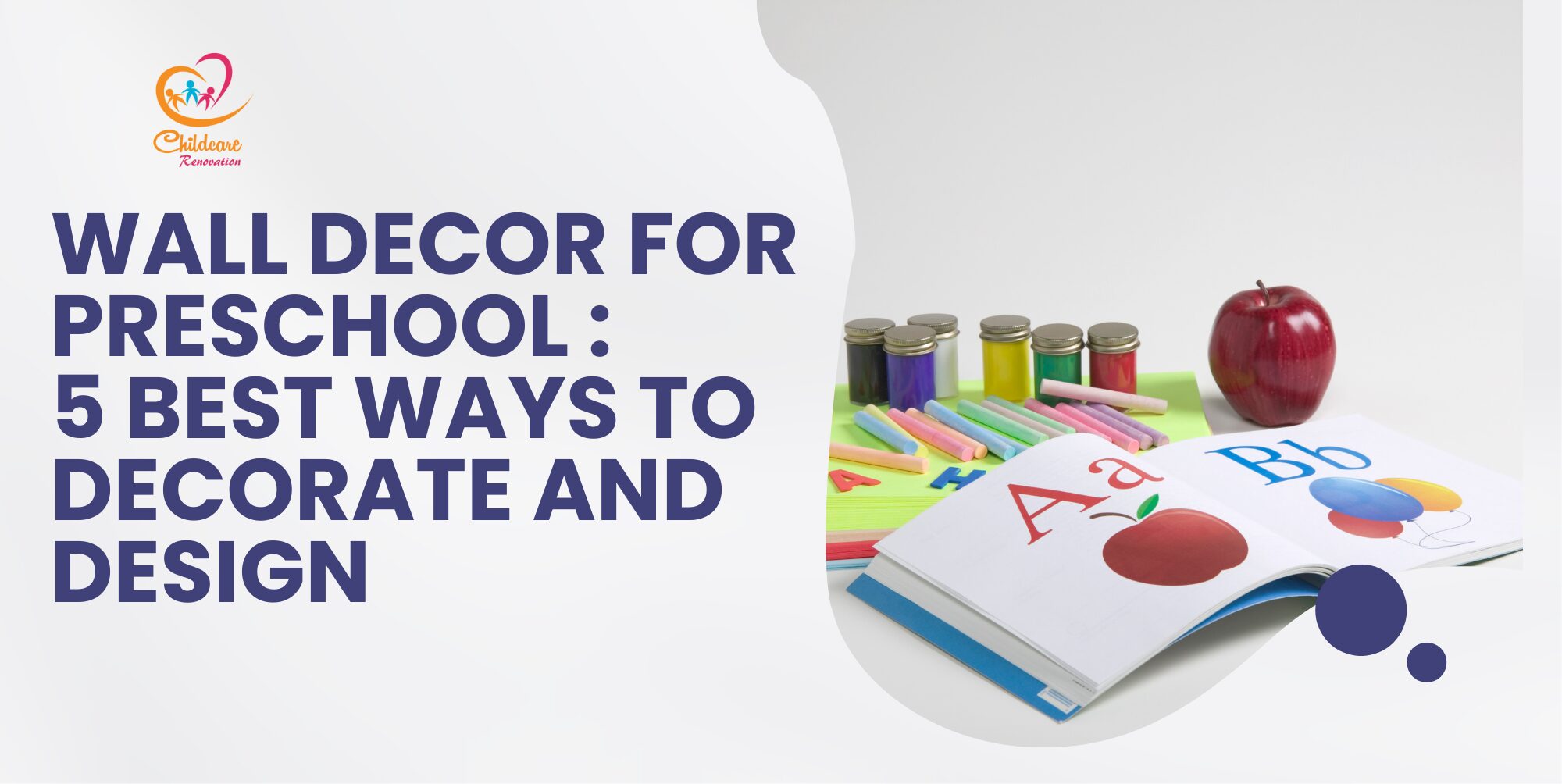From birth to early childhood, children use their five senses to explore and understand the world around them which is an important part of early childhood development. Sensory play-based preschool classroom provides children with opportunities to actively use their senses while exploring the world through “sensory play” and it is critical to their brain development. This makes sense given that the skills we rely on to develop our understanding of objects, space, people and interactions are not yet fully developed when we are still babies or young children.
The primary ways young children learn include play, being with others, being active, exploring and experiencing new things, talking to themselves, communicating with others, meeting physical and overcoming mental challenges, learning how to do new things, practicing and repeating skills, and having fun. Here are the 5 ways to create a play-based preschool classroom if you still haven’t started any.
Navigation
1: Craft Area and Block Construction
Play-Based Preschool Classroom #1: Craft Area and Block Construction
The craft area is where children can develop their fine motor and technical skills. A small table with real tools and safety equipment for children is always attractive. They can take apart old broken household items, tinker with nuts and bolts, little engineering kits, small construction toys like Meccano and Lego. For this activity, you can prepare a small table for one or two children and placed off on the side of the classroom.
Playing with wooden blocks is a staple in most game-based classrooms which require large enough space for 4-5 children to build together or individually. Place a shelf of logs and loose parts along one side of a carpeted room that will serve as a meeting area. The carpet spaces serve a dual purpose where it can be used for assembling blocks during play time and as a meeting place during intensive classes.
Play-Based Preschool Classroom #2: Reading and Writing Area
Consider place a huge desk or organization of tables ideally seating 6 to 8 kids in reading area. With this many seats, the teacher can use this desk as explicit teaching table for small group instruction later in the day. Try install cube shelving unit next to the table as room divider and defines the space beautifully. Then, you can fill the shelving unit with writing tools such as pens, paper, envelopes, sticky-notes, journals, listing pads, magnetic letters, small blackboards & whiteboards, dictionaries and so forth. Make sure the tools are within the reach for the children while the teachers’ teaching materials can be placed at the top shelves.
Prepare a comfy studying region as literacy area in the classroom and complement it with light mattress and some pillows and cushions along the length of the mattress. To create a comfier and quiet atmosphere, consider placing a low mild lamp and a net canopy for this region at the same time make sure it is positioned far away from loud areas.
Make sure the books are placed on a low bookcase and the bookcase’s length is the identical to the mattress. You can consider adding a rug at the ground to improve the outline of the space. The mattress may take up a lot of space within the room but you can always replace the it with smaller couch or a few grounds cushions. However, children simply love the coziness the mattress creates. The mattress comes in handy whilst kid isn’t feeling well or simply desires a bit relax time.
Play-Based Preschool Classroom #3: Science and Math Area
Children love to collect treasures they find in nature so consider use natural tables give a home to these collections. The collections that can place on the table include meal-worms, caterpillars or fish. It is important for children to have some kind of living things to care for and observe.
In order to preserve the children’s interest in the area, make sure the objects here are constantly replaced. You can also setup the table or small bookcase nearby with modern Science Unit such as magnifying glasses, clipboards, bug-catchers and different scientific tools.
Math learning opportunities can stand up in all play regions of the classroom. Having a chosen area to store equipment that can be used throughout the room is all the children required want to incorporate math learning into their investigations. You can place small table in math area and an aid garage area for all of the math equipment: counters, dice, measuring tapes, manipulatives etc.
Having a small math desk or tray allow children to analyse and study the mathematical principles we had been learning. Based on the math principles that you want the children to focus, try setup some provocations on the table as well as adding a sensory stimulus to it in order to assist with children’s engagement and memory.
Play-Based Preschool Classroom #4: Art and Collage Area
Often the art and collage area are splits into 2 or 3 smaller areas across the room. You can place a box construction space such as boxes, tubes and unique packaging. A large storage box can be placed next to a small table for children to work on their creations. After that, place an open shelf nearby to store building materials for art creation such as glue, tape, scissors, coloured pencils, various papers and card.
A painting easel can be placed near this room, preferably outside on the porch. Place another small table inside there dedicated to painting and drawing while experimenting with different art mediums such as pastels, watercolours, charcoal, or pencils.
You can also place a traditional collage trolley in this space as a sensory play space in another part of the classroom. A large lightweight underbed storage tray fit snugly in the top of the cart where you can fill this tray with different sensory invitations like water and sand.
Children will ask for specific collage items when working on their artworks and they will know all the collage items in the storage area. If you want to save your time by avoid constantly refilling the trays of the collage cart, you can try glue the collage items onto a box or a piece of paper in a creative way and let the children stored away, making their creations a little more purposeful.
Play-Based Preschool Classroom #5: Sensory Play Area
Sensory experiences are embedded in all areas of the game-based classroom and make sure to have at least two other areas specifically designed for sensory play as they can work like magnets for children. This area is very important for cognitive and emotional development as well as fine motor skills because everything we experience in this world comes through our senses. It can be a messy playground, so it’s best to put it on vinyl or outside on the porch.
Make sure the play space is a very calming for the children five senses to keep children interested and engaged in the area. One of the ways that you can try is to design provocations such as changing the fittings in the classroom regularly which linked to the curriculum.
Another sensory play area that you can consider is play dough table which provide wonderful learning experience for children. Make sure the area is quiet so that the children can keep their focus, strengthen their hand muscles and develop fine motor skills. Consider put this area on vinyl because the play dough pieces are constantly falling onto the floor. Beside play dough, you can also use clay or Plasticine as another alternative for the malleable materials that can be roll in the area.
Sensory bins are very well included in play investigations as it allows children to explore and learn through hands-on tactile play that engages their senses. There are many choices of provocations that can be offered in the sensory bins such as water, sand, dry rice, dry beans, popcorn kernels, water beads and shaving cream. These items are great to use in sensory bins for children once they can understand the item is not edible.
Speak with The Experts
Planning to get started at your kindergarten but have no idea about it?
Childcare Center Renovation Singapore is a reliable company for renovation and interior design. They have about ten years of experience in this field and have a good reputation among customers.
Call us now to get your desired kindergarten design ideas now!


